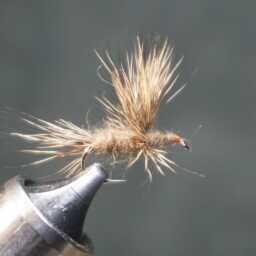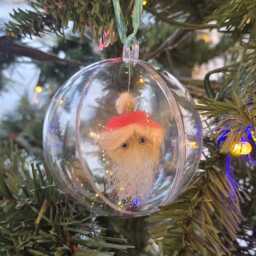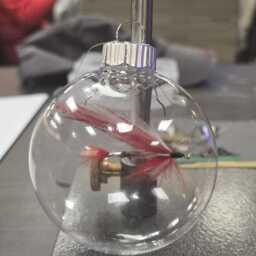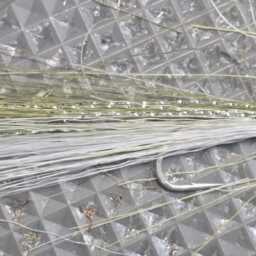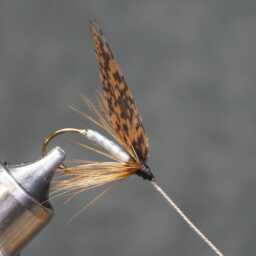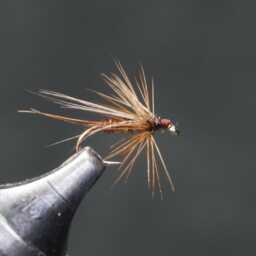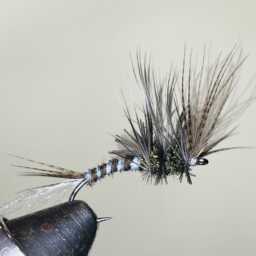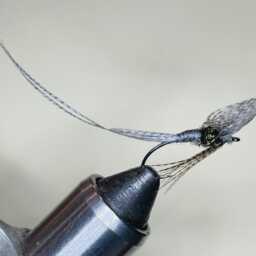White domestic geese feathers are extensively used in traditional Salmon fly construction.
They serve as substitutes for swan, ibis, and duck feathers in creating fly wings for wet and Salmonfly patterns.
Domestic goose feathers are stronger and easier to use than duck plumage for fly wing construction and can easily be dyed to suit your needs.
Origin: Domestic geese are derived from selective breeding of wild greylag geese (Anser anser domesticus) and swan geese (Anser cygnoides domesticus).
Geographical Differences:
Europe, northern Africa, and western Asia: Domesticated from the greylag goose.
Eastern Asia (Chinese geese): Domesticated from the swan goose.
Physical Traits:
Chinese geese are distinguishable by a knob at the base of their bill.
Selective breeding has resulted in larger sizes (up to 10kg), altering body structure and posture.
Reproduction:
Selective breeding for fecundity has increased egg-laying in domestic geese (up to 50 eggs/year) compared to wild geese (5-12 eggs/year).
Sexual Dimorphism:
Males are taller, larger, with longer necks and display protective behavior towards mates and offspring.
Plumage:
Variations in plumage; many domestic geese exhibit white feathers, historically esteemed.
Eggs:
Domestic geese produce larger edible eggs (120-170g), similar in taste to chicken eggs but slightly gamier.
Behavior:
Highly protective of offspring and flock members, contributing to property security.
Historically used by VNAF and in pandemic times due to their noise and sensitivity to intruders.
Hybridization with Wild Population:
Escaped domestic geese breed readily with wild populations, resulting in offspring exhibiting mixed traits.
« Back to Glossary Index

